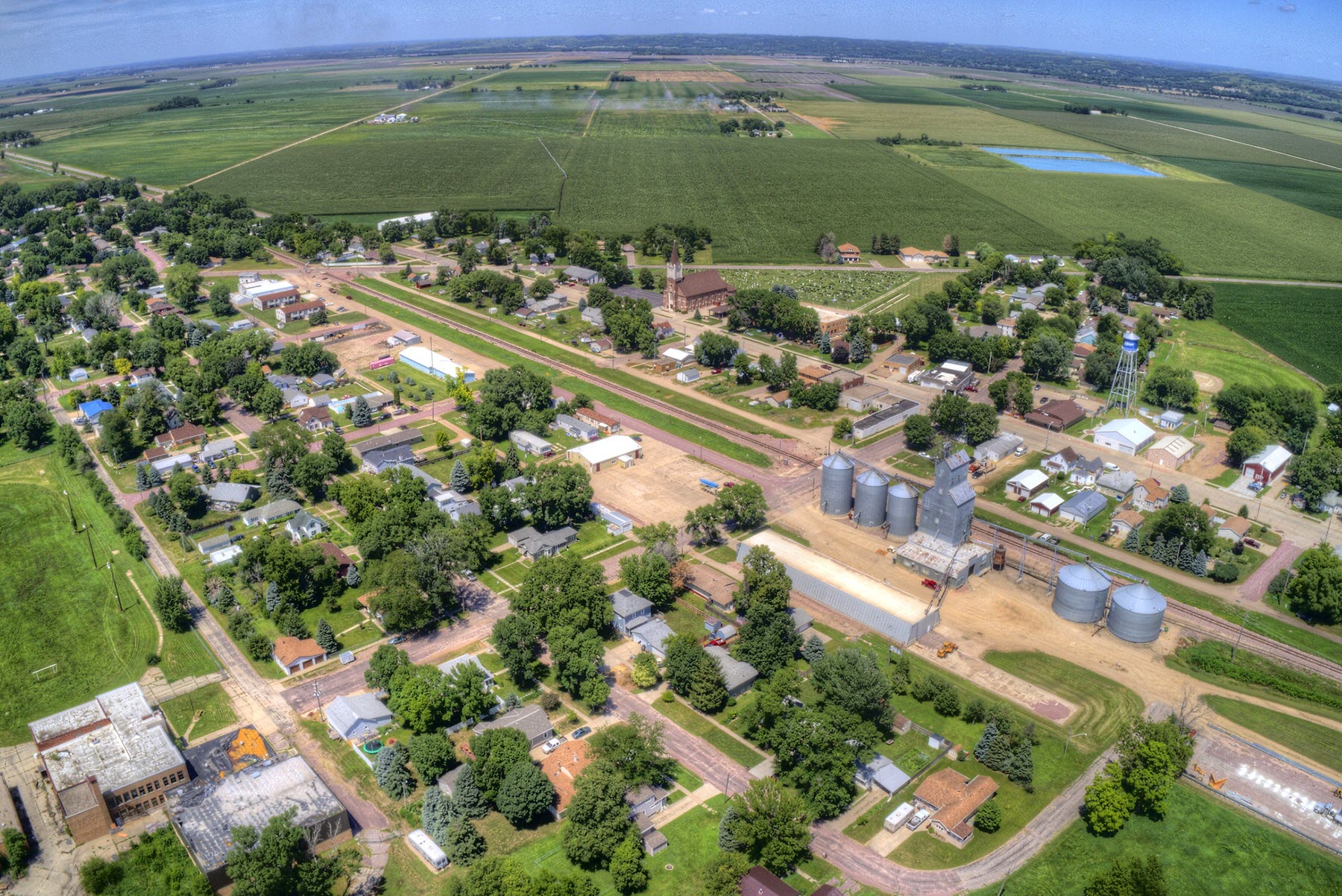Latest City and Town Population Estimates of the Decade Show Three-Fourths of the Nation's Incorporated Places Have Fewer Than 5,000 People
The 2020 Census currently underway will provide an official count of the U.S. population, but annual estimates offer an ongoing look at population trends between decennial counts.
Today, the U.S. Census Bureau released its latest population estimates for cities and towns, and they reveal that most of the nation’s population live in incorporated places.
About 76% of the approximately 19,500 incorporated places had fewer than 5,000 people. Of those, almost 42% had fewer than 500 people.
Of the nation's 328.2 million people, an estimated 206.9 million (about 63%) lived in an incorporated place as of July 1, 2019. About 76% of the approximately 19,500 incorporated places had fewer than 5,000 people. Of those, almost 42% had fewer than 500 people.
On the other hand, only 4.0% (780) of all cities had a population of 50,000 or more in 2019, yet nearly 39% of the U.S. population (127.8 million) live in those cities.
Highlights of City and Town Population Estimates
- Overall, between the last census on April 1, 2010 and July 1, 2019 estimates, large cities in the South – places with a population of 50,000 or more – grew at a faster pace than in any other U.S region.
Since 2010, the population in large southern cities increased by an average of 11.8%. The big cities in the West grew by an average of 9.1%. In contrast, large cities in the Northeast and Midwest had lower rates of growth of 1.5% and 3.1% respectively.
- On average, small cities and towns, with populations of less than 5,000 people, have seen uneven growth across U.S. regions:
In the Northeast, small towns decreased by 3.0%.
In the Midwest, small towns decreased by 1.7%.
In the South, small towns grew by 6.7%.
In the West, small towns saw the largest growth with an increase of 13.3%.
- Midsized cities in the Northeast – places with populations of at least 5,000 but less than 10,000 people – saw relative stability with a small average decline of 0.9% since the 2010 Census.
Midsized cities in the other regions experienced population growth, on average.
For the first time, rankings for the fastest-growing cities and towns in each state are available at your fingertips through the data visualization below.
By clicking on a state, you can discover its fastest-growing cities and towns since April 1, 2010 (up to 15 cities and towns for larger states).
Census Counts Form the Base for Estimates
Unlike the decennial census, which aims to count every person living in the United States, the annual population and housing unit estimates for states, counties, cities and towns are developed using various government data sources.
These include birth and death certificates, immigration estimates, tax return statistics on people who changed residences, Federal Emergency disaster-assistance claim data, group quarters’ population data collected and provided to the Population Estimates Program (PEP) by state representatives, and data from numerous surveys such as the American Community Survey and the Building Permit Survey.
The decennial census serves as a starting point for each decade of estimates, and its counts provide a benchmark that enables PEP to accurately capture population change and distribution of small towns every year between censuses.
Cities and towns are more likely than larger geographies to annex land or dis-incorporate. We apply these types of legal boundary changes to the decennial census to create an updated base for population and housing units.
Such geographic updates are made annually, so that each new time series of estimates produced begins from a newly updated geographic base. This “estimates base” created from the census is essential to accurately distributing the population. More details on the methodology used to estimate city and town populations are available here.
Amel Toukabri is chief of the Census Bureau’s Local Government Estimates and Migration Processing Branch in the Population Division.
Lauren Medina is a demographer-statistician in the Census Bureau’s Population Division.






